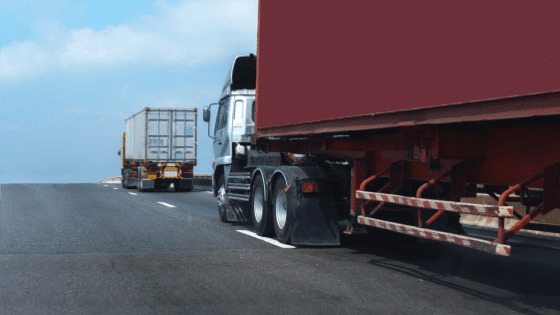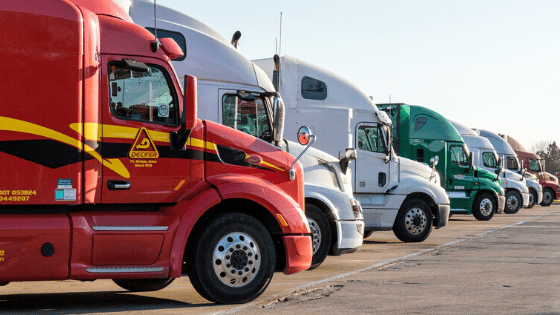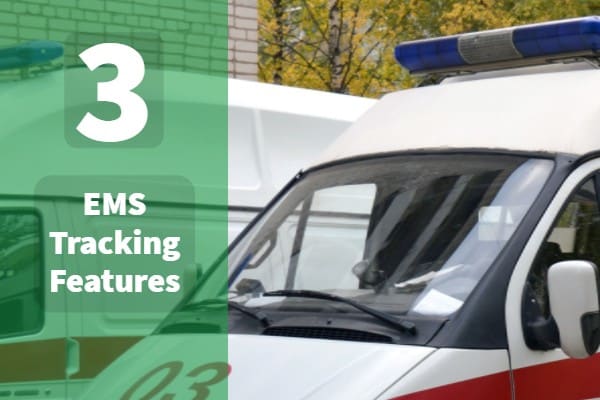Fleet management is a critical aspect of any business with a sizable fleet. With the growing number of vehicles on the road, it has become increasingly challenging to monitor and manage fleets effectively. According to a recent report by MarketsandMarkets, the global fleet management market is expected to grow from $19.9 billion in 2020 to $34.0 billion by 2025, at...
The past few months have been an unsettling time for many workplaces as the COVID-19 pandemic has drastically affected businesses. Since this global pandemic started, Geotab recorded and reported on datasets to help fleets better understand the current landscape. As we are on the road to recovery, it is important for businesses to review how the commercial transportation sector is...
In recent news, not only has the medical community been affected by the outbreak of coronavirus, but the global supply chain as well. On March 11, the World Health Organization declared the recent outbreak of COVID-19 as a pandemic due to its sudden and concerning spread. In order to combat the spread of the virus, the public has been told...
With so many products available on the internet, there are varying factors that influence consumers with completing online purchases. While price, quality and features are a few factors, it’s important to note that delivery time is a large factor. In fact, 50% of respondents of a recent survey conducted by Toluna found that due to an unsatisfactory delivery option, they...
November 4, 2019
Anna
Blog,
Bus Tracking,
Competitive Edge,
ELD (Electronic Log),
Fleet Management,
Government,
GPS Tracking Benefits,
Heavy Machinery,
Limousine,
Mobile Fleet Tracking,
Rental Cars,
Telematics,
Truck Tracking,
Vehicle Tracking,
Waste Management
With basic telematics implemented into your fleet, you are now able to track the location, movement and speed of all of your vehicles, which helps your organization increase efficiencies, and effectively, reduce wasted time and improve costs. So, what comes next? Advanced Fleet Tracking Once you have the basics in place, you can start to dive deeper into telematics technology...
Over the past few months, superheros are re-emerging! For instance, we had several debates at GoFleet on which recent superhero movie was the best. Was it Wonder Woman? Or maybe Black Panther or Avengers? However, there’s one thing we all agree on: some of GoFleet’s biggest superheros are our EMS clients. Let’s take a look at how we helped our...
What are your thoughts on fleet vehicle tracking? You might get different responses when talking to different people. For instance, some businesses will tell you that fleet vehicle tracking is a necessary tool. Fleet managers are able to plan their work, measure assets, manage drivers, and reduce downtime.However, some drivers will strongly disagree. For them, fleet vehicle tracking is a...
January 16, 2018
Jimmy Song
“Does GoFleet provide GPS tracking for electric vehicles?”, a customer asked this year. That question is a fantastic sign for electric vehicles! EVs are gaining steam with the general public and with fleets. For example, a number of city fleets are planning to mass purchase EVs. Major cities like Los Angeles, Seattle, San Francisco and Portland plan to add electric...
December 21, 2017
Jimmy Song
The electric truck, led by the big Tesla reveal, is making a big buzz! Earlier this year, Elon Musk dazzled the audience by revealing the Tesla Semi. The Tesla Semi is Tesla’s all-electric truck and is an amazing feat for electric vehicles! What’s with the electric vehicle buzz? Electric vehicles are soaring in popularity. A lot of people wrote off...
November 23, 2017
Jimmy Song
Many fleets - small and big - are installing vehicle tracking solutions. Whether it’s for compliance or for improving productivity, fleets are noticing big changes. That being said, people usually think about what happens next when a new idea is being implemented. How will the idea fit in immediately? In a week? In a month? Over the next year? Let’s...





